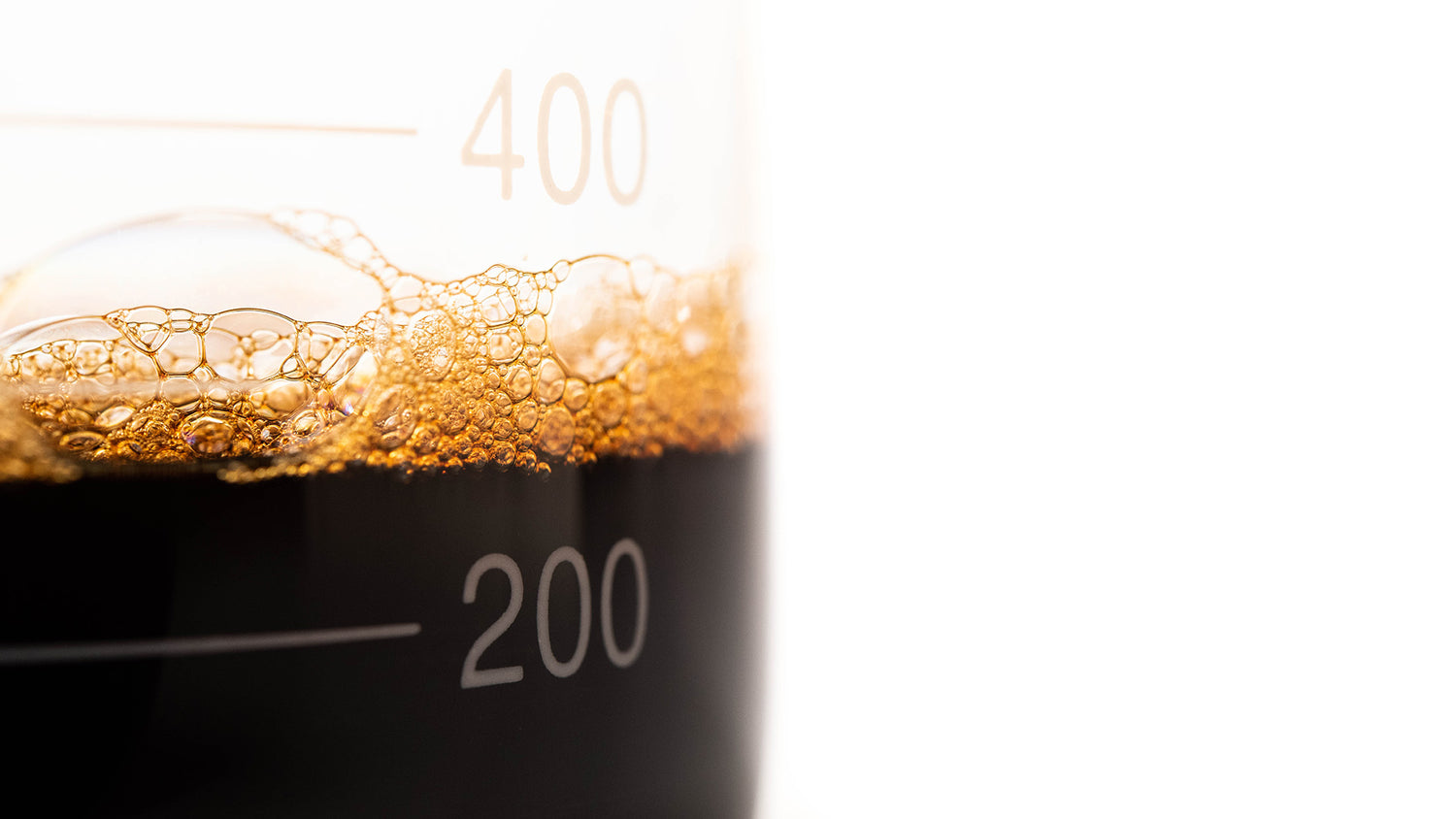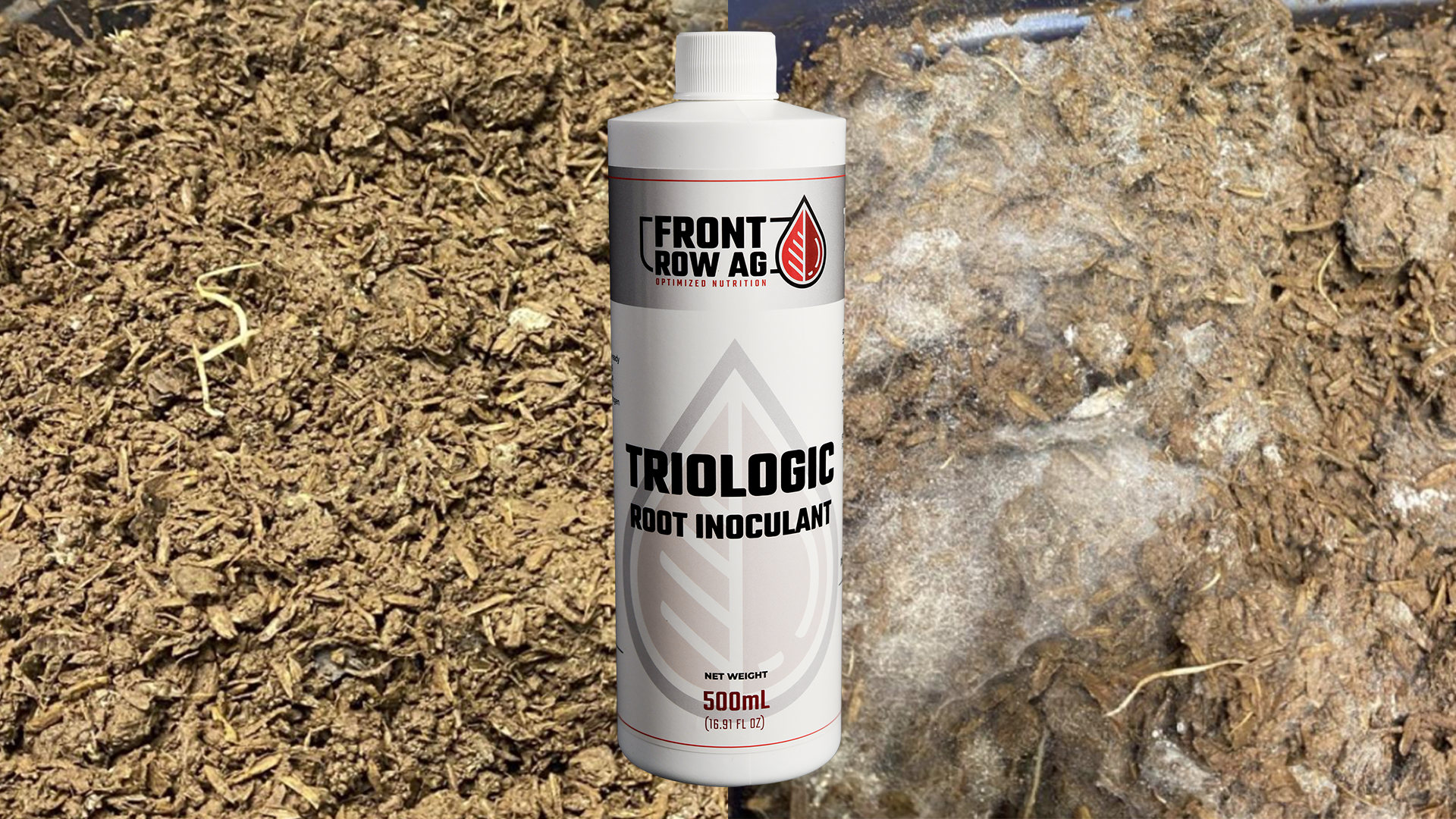This article will discuss the use of silica (Si) in hydroponics, including:
- The different forms of silicon
- Their relevance to agriculture and hydroponic fertilizer
- Functional benefits of Si in plants
Forms of silicon: silica, silicates, and silicic acid Silicon (Si on the periodic table), while being the second most abundant element in the earth’s crust and 8th most abundant element in the universe, is not directly available for absorption into plants. Although some water-soluble Si exists naturally, the majority of Si on earth is in the form of insoluble oxides or silicates in the soil.
Silicon Dioxide (SiO2), commonly referred to as silica, is the main component of sand and quartz. Although silica affects the physical properties of soil, it’s also not directly available for plant absorption and has limited use in hydroponics as it takes months to years to break down into a form that can be absorbed by plants. The main use of silica sand in horticulture is as an additive to increase drainage and aeration of heavy soils, to help prevent waterlogged conditions. Silica sand can also be utilized as a growing media in certain types of hydroponic systems, such as subsurface drip irrigation, and when coated in plastic as a substrate for ebb and flow flood trays. Note that silica sand alone is an inadequate substrate for most types of plants as it does not provide nutrients or moisture-retention capabilities. When used properly as an additive in soil or certain hydroponic substrates, silica sand can open soil structure, improve aeration, and increase drainage.
Silicates refer to when Si is bonded with cations of Ca, K, Mg, and Na, forming a variety of crystalline compounds. The most common silicate used in horticulture is potassium silicate, K2SiO3, although calcium silicate and magnesium silicate can also be used. When dissolved into solution, these silicate products will yield a small amount of plant-available silica (PAS) as monosilicic acid. At high concentrations, potassium silicate solutions can be unstable and gel. Potassium silicate is alkaline, so it must be used carefully in hydroponic fertilizer solutions to avoid changing the pH. Overall, silicate compounds are of limited use in hydroponics due to their low solubility, alkaline nature, and the small amount of plant-available silica they release.
Monosilicic acid (MSA) (Also known as orthosilicic acid) is H4SiO4, the only form of silicon that can be directly absorbed and used by plants. All of the previously mentioned forms of Si must break down into MSA to be absorbed and exert beneficial effects on plant physiology and structure. Since SiO2 and silicates break down slowly and yield a small amount of monosilicic acid, product formulations containing pure and stabilized MSA are desirable for hydroponics. These products, such as Front Row Si, contain fully plant-available silica in a stable aqueous solution. MSA products allow precise control of silica levels in hydroponic fertilizer, do not change pH, and can be applied as a foliar spray or root drench.
Silica compounds in fertilizer The chemistry of Si in fertilizer solutions can be quite complicated, but the important fact to keep in mind is that plants can only absorb MSA and that other forms of Si are only as beneficial as their capacity to yield MSA to the plant roots.
To achieve an equivalent ppm of MSA in the fertilizer solution with one of the various silicate compounds (e.g. potassium silicate), much higher usage rates are required. Front Row Si is 10 times stronger than most other Si alternatives, resulting in lower usage rate and cost savings. With alternative Si products, the higher usage rates comes with the complication of adding excess potassium or other ions to the fertilizer solutions and these changes must be accounted for in the overall elemental ratios of the fertilizer solution. For example, to achieve 13 ppm of soluble silica in the fertilizer solution using potassium silicate (assuming 8.5% plant available silica), the usage rate would be 0.6 g/gal, resulting in the addition of 40+ ppm potassium in addition to the silica. This excess potassium must be accounted for to maintain proper ratios of other major elements such as nitrogen and phosphorus. Additionally, silicates will significantly raise the pH of the fertilizer solution and must be mixed appropriately to prevent reaction with acidic ions. Front Row Si adds 13ppm of MSA in solution at a rate of 0.5 ml/gal, without contributing any additional K ions or changing solution pH.
Given the above issues, an increasing number of cultivators are using stabilized, high-purity MSA products to deliver silica directly in the form the plants can use, both in the feed solution and through foliar application.
Now that we’ve covered an overview of silica compounds and their relevance for hydroponic use, in the next section we’ll look at some of the functional effects of silica in plants.
Benefits of silica and silicic acids While silica isn’t an essential plant nutrient by the traditional definition (plants can still go through their natural development cycle without it), it is a key part of optimizing a plant's growth and development.
Silica beneficial effects are mediated through a variety of mechanisms including mechanical strengthening, controlling water balance, regulating nutrient absorption, gene regulation, and activation of plant immune systems.
As plants incorporate silica into tissues, this increases the mechanical strength of stems, leaves, and cell walls creating a physical barrier to insects and fungal pathogens. Research in many varieties of high-value agricultural crops shows that silica substantially decreases the frequency and intensity of diseases and pest infections. The increased density and weight of plant tissues also contributes to the yield increases seen in a variety of crops with Si application. Silicon deposition in plant tissues provides abrasion and penetration resistance to fungal hyphae and insect mouthparts, decreasing their ability to successfully invade plant tissues.
Water deficiency can be caused by low rootzone water content, excessive salinity in the rootzone, or high water loss from transpiration due to high VPD and wind. Si application improves the plant’s resistance to water stress and ability to maintain turgor by enhancing water uptake from the roots and adjustments to transpiration rate by reducing water loss through leaves. Silicon enhances aquaporin production, the water channel proteins responsible for rapid water movement through roots and leaves. By improving water uptake and reducing water loss, Si allows plants to maintain favorable water balance and turgor even under drought conditions. This leads to sustained photosynthesis, growth, and yield, even when water is limited.
Si also improves plant nutrition under adverse conditions by increasing the uptake of beneficial nutrients and interfering with the absorption of harmful ones, especially heavy metals. Research shows that plants treated with Si are protected against heavy metal toxicity and don’t show the drop in photosynthesis and growth that we would expect when exposed to heavy metals in the soil. At the same time, Si enhances activity of plasma membrane H+-ATPase, improving nutrient uptake into root cells. By both blocking toxic elements and improving uptake of beneficial nutrients, Si helps plants maintain optimal nutrition even when growing in suboptimal conditions.
In summary, Si exerts a number of beneficial effects on plant physiology, leading to:
- Enhanced resistance to biotic stress: decreased frequency and degree of infection with powdery mildew, botrytis, and insect. Silicon deposition in plant tissues creates a physical barrier to penetration and feeding.
- Enhanced resistance to abiotic stress: better plant health and performance under conditions of water stress, high salinity, wind, and adverse climate conditions. Si enhances water uptake and reduces water loss, allowing plants to maintain turgor and growth under drought conditions.
- Increased yield and quality of crops: Stronger and heavier tissues as well as increased photosynthetic growth rates leading to yield and quality improvements.
- Improved nutrient absorption: Resistance to heavy metal toxicity and improved absorption of beneficial nutrients.
These benefits are seen from both rootzone application in hydroponics as well as foliar applications. Front Row Si allows for root drench or foliar application, helping deliver the benefits of MSA in your garden.
Sources:
Chen, D., Wang, S., Yin, L. and Deng, X., 2018. How Does Silicon Mediate Plant Water Uptake and Loss Under Water Deficiency?. Frontiers in Plant Science, 9.
Savvas, D. and Ntatsi, G., 2015. Biostimulant activity of silicon in horticulture. Scientia Horticulturae, 196, pp.66-81.
Zellner, W., Tubaña, B., Rodrigues, F. and Datnoff, L., 2021. Silicon’s Role in Plant Stress Reduction and Why This Element Is Not Used Routinely for Managing Plant Health. Plant Disease, 105(8), pp.2033-2049.
Yongchao Liang, Wenhua Zhang, Qin Chen, Youliang Liu, Ruixing Ding, Effect of exogenous silicon (Si) on H+-ATPase activity, phospholipids and fluidity of plasma membrane in leaves of salt-stressed barley (Hordeum vulgare L.), Environmental and Experimental Botany, Volume 57, Issue 3, 2006, Pages 212-219,




